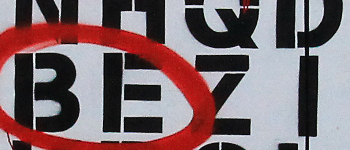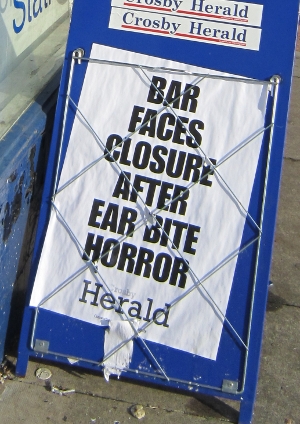
Sometimes a good way in to a story is the specificity of space. In this exercise you build a map and let the stories emerge.
Let the map guide you. Imagine a small town or a city neighbourhood. Name it. Create a map of its streets, buildings and landmarks. Think about the people who live or work there. Add them to the map. List up to five stories you might tell about this place and these people. Write one of them. Run in WTN
There is a vast difference between story and plot. Story is what happened, plot is how we learn about it. A huge part of plot is point of view – how does the viewpoint character change our understanding of a story? Think about Tom Stoppard’s Rosencrantz and Guildernstern are Dead, Jean Rhys’s Wide Sargasso Sea, Jo Baker’s Longbourne.
The other side of the story. Think about a short story, a movie or a novel you love. Retell the tale from a different character’s perspective. Does this viewpoint transform the story’s meaning? Run in WTN
Are you ashamed? Most of us are. Unlike most people, though, writers often embrace the darker corners of their lives – because that’s where they find what matters.
You are bad. Write for fifteen minutes about the worst thing you have ever done – either the act itself, or the moment it was discovered. Run in WTN
Objects, like maps, are a great entry to story and character.
Start with stuff. Choose six random objects. Write about a character who might be associated with at least four of them. Make at least one object surprising or non-typical. Run in WTN
Look out The Minotaur Takes a Cigarette Break by Steven Sherrill and American Gods by Neil Gaiman. What other mythical beings might have outlived their time?
Eternal is a long time. You meet an ancient god or mythical creature down on its luck in the modern world. You do it a favour and it decides to help you in return. Run in WTN




